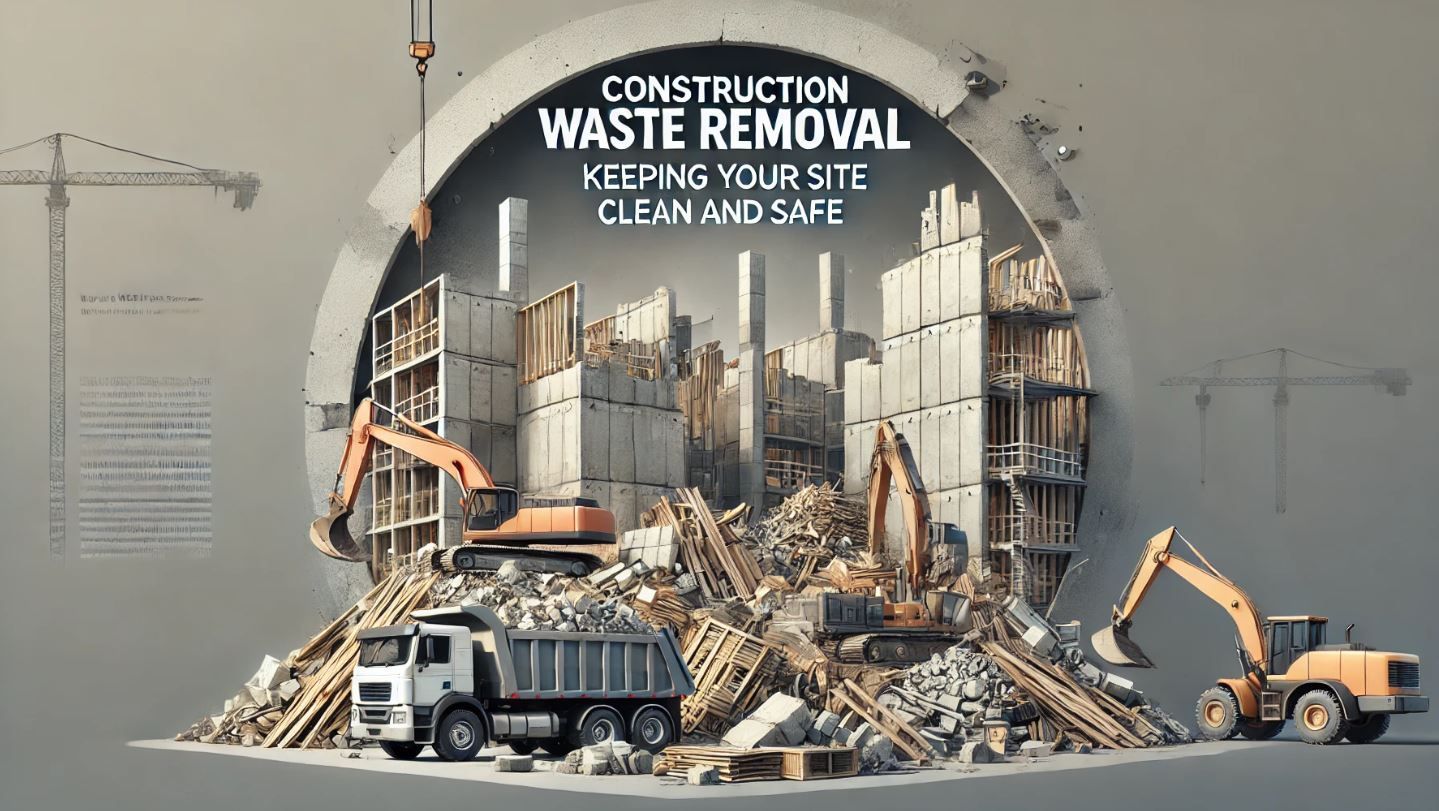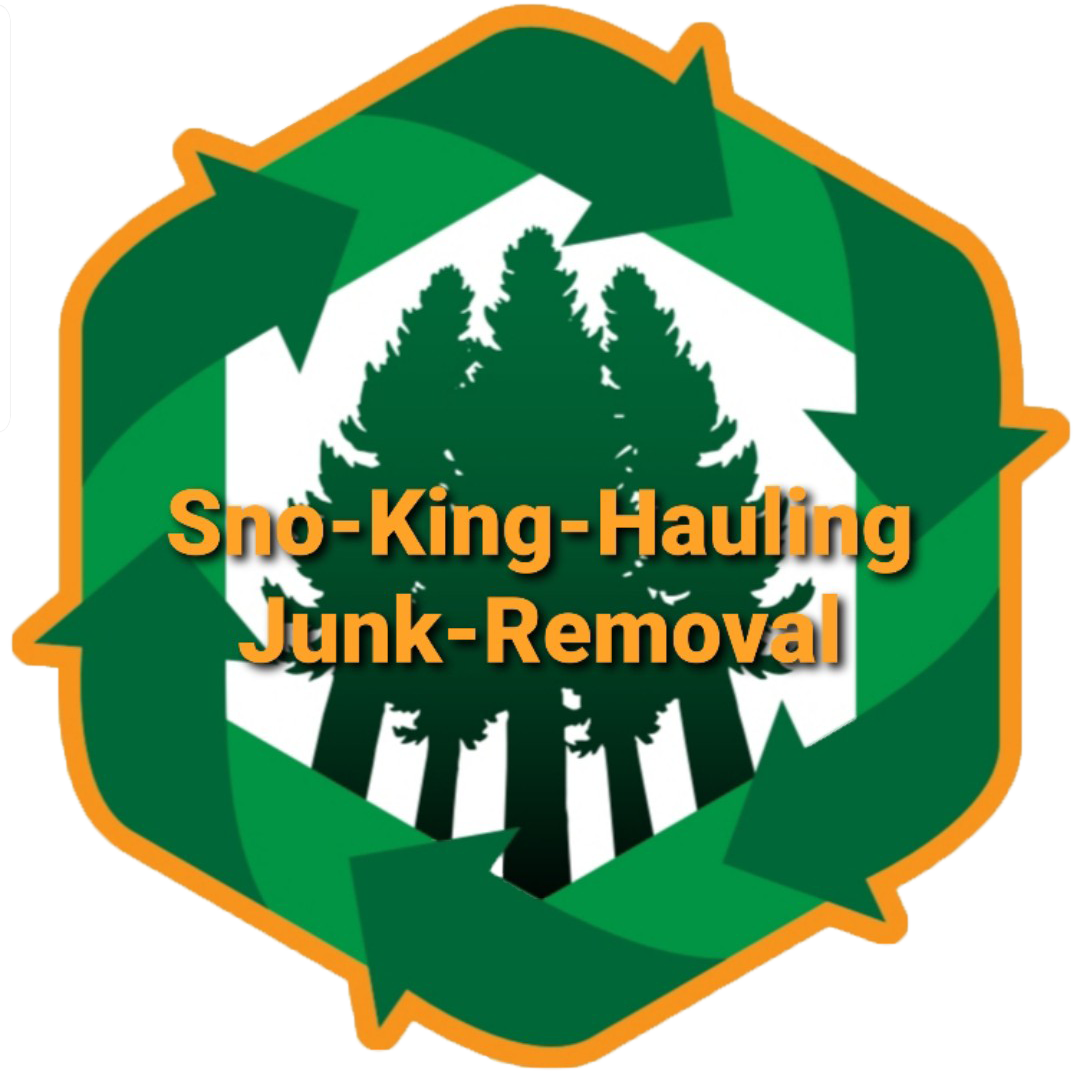
Comprehensive Guide to Construction Debris Removal
Construction projects, whether large or small, generate a significant amount of debris. Proper management and removal of this debris are crucial not just for the environment, but also for the efficiency and safety of the construction site. In this guide, we will walk you through everything you need to know about construction debris removal, from understanding what qualifies as debris to the best practices for disposal. Whether you're a contractor, project manager, or DIY enthusiast, this comprehensive guide will equip you with the knowledge you need to handle construction debris efficiently.
What is Construction Debris?
Construction debris refers to the waste materials produced during construction, renovation, or demolition projects. This includes a wide variety of materials such as:
- Concrete: Broken pieces from foundations, sidewalks, and other structures.
- Wood: Scraps from framing, sheathing, and other wood-based elements.
- Metal: Leftover pipes, nails, and wires.
- Drywall: Remnants from wall and ceiling installations.
- Glass: Shards or entire panes from windows and doors.
- Plastic: Waste from packaging, sheeting, and other plastic components.
- Asphalt: From roofing and paving projects.
Understanding what constitutes construction debris is the first step in managing it effectively.
Importance of Proper Construction Debris Removal
Proper construction debris removal is essential for several reasons:
- Safety: Accumulated debris can be a hazard, causing injuries to workers and hindering the progress of a project.
- Environmental Protection: Incorrect disposal can lead to environmental pollution. Many materials are not biodegradable and can harm ecosystems if not managed properly.
- Cost Efficiency: Efficient debris removal can reduce costs by minimizing delays and avoiding fines related to improper disposal.
Methods of Construction Debris Removal
There are several methods for removing construction debris, each with its pros and cons. Choosing the right method depends on the type of debris, the size of the project, and the resources available.
1. Dumpster Rentals
- Best For: Large projects with significant debris.
- How It Works: A large dumpster is delivered to your site. You fill it with debris, and once it’s full, it’s hauled away by the rental company.
- Advantages: Convenient for large volumes; allows for segregation of different types of waste.
- Disadvantages: Can be expensive; requires enough space for placement.
2. Junk Removal Services
- Best For: Smaller projects or when you lack the time to manage debris yourself.
- How It Works: A junk removal company comes to your site, loads the debris, and hauls it away.
- Advantages: No need to lift a finger; ideal for quick clean-ups.
- Disadvantages: Cost can add up, especially for larger amounts of debris.
3. Recycling Centers
- Best For: Projects with a lot of recyclable materials.
- How It Works: You separate recyclable materials and take them to a local recycling center.
- Advantages: Environmentally friendly; sometimes offers rebates or tax incentives.
- Disadvantages: Requires extra effort and planning; may not be convenient for all types of debris.
4. DIY Removal
- Best For: Small-scale projects with manageable debris.
- How It Works: You load the debris into a truck and transport it to the appropriate disposal or recycling facilities.
- Advantages: Cost-effective; full control over the process.
- Disadvantages: Time-consuming and labor-intensive.
Best Practices for Construction Debris Removal
To ensure your debris removal process is efficient and compliant with local regulations, follow these best practices:
1. Plan Ahead
- Assess the type and volume of debris before starting the project.
- Decide on the most suitable debris removal method.
- Obtain necessary permits for debris removal and disposal.
2. Segregate Waste
- Separate materials into categories like wood, metal, and concrete.
- Label containers or areas for different types of debris to streamline disposal.
3. Schedule Regular Pickups
- Avoid letting debris pile up by scheduling regular pickups or drop-offs at recycling centers.
- This keeps the worksite clean and reduces safety hazards.
4. Use Appropriate Tools and Equipment
- Utilize tools like wheelbarrows, shovels, and safety gear to handle debris safely.
- For heavy debris, consider renting specialized equipment like loaders or compactors.
5. Stay Compliant
- Adhere to local regulations regarding the disposal of hazardous materials.
- Keep records of disposal to avoid potential legal issues.
Table: Comparison of Construction Debris Removal Methods
| Method | Best For | Advantages | Disadvantages |
|---|---|---|---|
| Dumpster Rentals | Large projects | Convenient, segregates waste | Expensive, requires space |
| Junk Removal Services | Small projects | Quick, minimal effort | Costly for large debris volumes |
| Recycling Centers | Recyclable materials | Environmentally friendly, cost savings | Requires extra effort |
| DIY Removal | Small-scale projects | Cost-effective, full control | Time-consuming, labor-intensive |
FAQs About Construction Debris Removal
Q: What are the most common types of construction debris?
A: The most common types include concrete, wood, metal, drywall, and asphalt.
Q: Can I recycle all types of construction debris?
A: Not all materials are recyclable. Concrete, metal, and certain types of wood are commonly recycled, while mixed materials or hazardous waste require special disposal methods.
Q: How much does it cost to rent a dumpster for debris removal?
A: Costs vary depending on location, size of the dumpster, and the duration of the rental. It can range from $300 to $600 on average.
Q: Is it better to hire a junk removal service or rent a dumpster?
A: It depends on the size of your project. For large-scale debris, a dumpster might be more cost-effective, while
junk removal services are convenient for smaller amounts.
Q: What should I do with hazardous materials?
A: Hazardous materials should be handled and disposed of according to local regulations. This might involve specialized services or facilities.
Encouraging Interaction
Have you ever managed a construction project? How did you handle debris removal? Share your experiences in the comments below! And if you found this guide helpful, don't forget to share it on your social networks to help others navigate their construction projects.
Furniture Removal
Appliance Removal
Other Services
- Hot tub Junk Removal
- Dumpster Rentals
- Shed Junk Removal
- Hoarder house Cleanouts
- House Junk Removal
- Construction Waste Removal
- Garage Cleanouts
- Foreclosure Clear outs
- Eviction Clean outs
- Apartment Cleanouts
- Property Clean outs
- Estate Clean outs
- Hoarding Clean outs
- Yard Waste Removal
- Storage Unit Cleanouts
- Warehouse Cleanouts
- Commercial Junk Removal
OUR SERVICES AND AREAS
- Everett, WA
- Seattle, WA
- Marysville, WA
- Snohomish, WA
- Arlington, WA
- Mukilteo, WA
- Monroe, WA
- Granite Falls, WA
- Bothell, WA
- Whidbey Island, WA
- Stanwood, WA
- Edmonds, WA
